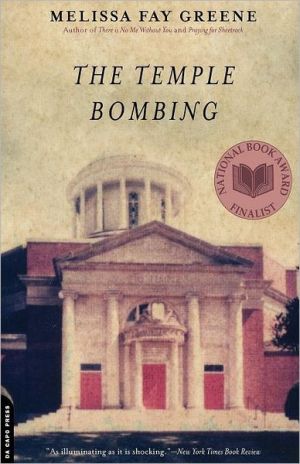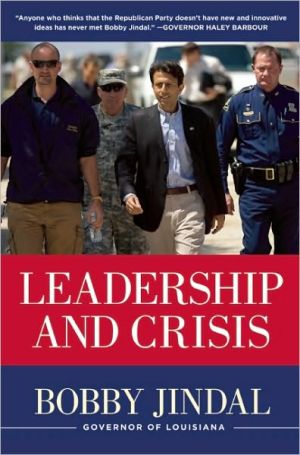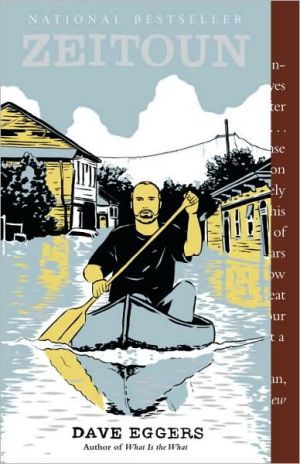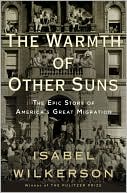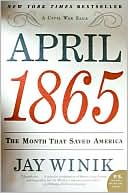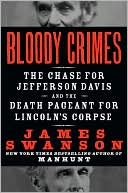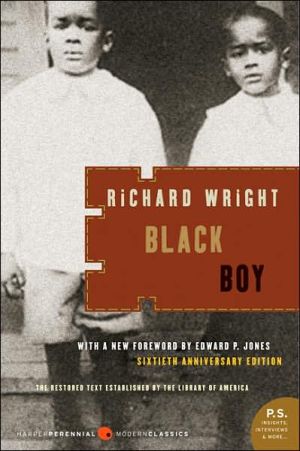The Temple Bombing
At 3:37 in the morning of Sunday, October 12, 1958, a bundle of dynamite blew out the side wall of the Temple, Atlanta's oldest and richest synagogue. The devastation to the building was vast-but even greater were the changes those 50 sticks of dynamite made to Atlanta, the South, and ultimately, all of the United States (Detroit Free Press). Finalist for the National Book Award, The Temple Bombing is the brilliant and moving examination of one town that came together in the face of hatred, a...
Search in google:
A brilliant and moving examination of one town that came together in the face of hatred Publishers Weekly PW gave a starred review to this NBA nominee, the "spellbinding" history of an Atlanta synagogue and its congregation's place in the civil rights movement. (May)
\ Publishers Weekly - Publisher's Weekly\ PW gave a starred review to this NBA nominee, the "spellbinding" history of an Atlanta synagogue and its congregation's place in the civil rights movement. (May)\ \ \ \ \ Library JournalThe 1958 bombing of the Reform Jewish Temple in Atlanta had implications that echoed through history and are keenly relevant for today's seemingly renewed climate of intolerance and hate. The temple was a target because its rabbi, Jacob Rothschild, was one of a few white leaders who took a stand after Brown v. Board of Education and spoke of the moral necessity of admitting blacks as full and equal citizens. Rothschild established a bond with black leaders, such as Martin Luther King Jr., and always reminded his congregation to take up the cause of justice. This recording explores the times that produced the bombings in the South and looks at the lives and minds of the men most likely responsible for the temple bombing. Reader Charles Cioffi is easy on the ear for long stretches. Everything about the production, including the music that marks each chapter ending, is well chosen. The text will remind older listeners of and introduce younger ones to an important time in our nation's history, all the while pointing out that terrorism and hate are not fundamentally new to the American scene. A recommended purchase for all serious audio collections.Nancy Paul, Brandon P.L., Wis.\ \ \ SalonThe journalist Melissa Faye Greene, author of 1991's acclaimed Praying for Sheetrock, returns here with a remarkable account of what has become, for many, a forgotten incident: the 1958 bombing of Atlanta's Reform Jewish Temple. Greene skillfully weaves together three stories in The Temple Bombing. First, and perhaps most notably, she places the bombing firmly within the context of civil rights history. But her book is also an informed study of Southern Jews in the mid-20th century, as well as an inspirational tale of the temple's heroic rabbi, Jacob Rothschild, who dedicated himself to the civil rights movement and urged his congregation to follow his lead.\ The Temple Bombing relies heavily upon Greene's interviews and oral histories, as well as her extensive research, which she unites in a lucid, propulsive narrative. The 1950s and '60s in the Deep South were an intensely troubled and violent time; lives were placed on the line in confrontations all over the region, and Southern Jews were no exception. "Across Dixie, some of the fights over racial prominence involved not only white against black and black against white, but Christian-born white against Jew," Greene testifies. "Ten percent of the bombs from 1954 to 1959 were cast at Jewish targets -- synagogues, rabbis' houses, and community centers."\ In this light, she interprets the bombing of the temple as not only a violent demonstration of anti-Semitism, but as one act in a regional campaign of terror against civil rights targets. No one was ever convicted of the bombing. Despite her best efforts and access to extensive documents relating to the investigation and two trials -- which ended in a mistrial and an acquittal -- Greene does not succeed in solving the crime (although she does put forward one possible scenario).\ While the story of the bombing and the subsequent courtroom dramas are told with acerbity and wit, the true merit of this book lies in Greene's ability to create a profound social context for her story and in her compelling portrait of its hero, Rabbi Jacob Rothschild. Despite the discomfort of many in his congregation, Rabbi Rothschild used his pulpit and his position to speak out vehemently for racial equality. "Stories of integrity and courage ought to be rescued," Greene writes, in the conclusion of this vibrant social history, in which she celebrates the interracial and interreligious cooperation that helped to shape the successes of Atlanta's civil rights movement. -- Anne Whitehouse\ \ \ \ \ \ Kirkus ReviewsAn urgent, fiery reconstruction of a tragic moment in the history of Atlanta, a moment when the combustible mix of black oppression, Jewish liberalism, and white anxiety finally blew up in an otherwise peaceful city.\ During the night of Oct. 12, 1958, 50 sticks of dynamite exploded under the august old Reform synagogue known simply as the Temple. It was a warning to Jacob Rothschild, the Temple's outspoken rabbi. Greene, author of the highly acclaimed Praying for Sheetrock (1991), unequivocally crowns Rothschild a hero. But he's very much a modern hero—a regular guy, a rabbi with no particular spiritual gift, who found greatness when, arriving in Atlanta in 1946, he first met Jim Crow. In sermon after sermon he harangued his congregants to fulfill the prophetic call for justice by supporting integration. Rothschild was heard with reluctance—not only by the Temple members, but by the white supremacist, anti- Semitic National States' Rights Party. Five party members were charged with the bombing, but only one, George Bright, came to trial, and a weak government case led ultimately to his acquittal. Greene does an exceptional job of portraying the social forces at work in 1958: Atlanta, a city hell-bent on progress; the Temple Jews, wealthy, assimilated, but still insecure; the city's peaceful movement toward integration; and a backlash among a small group of fanatics, whom Greene cannily portrays as embittered misfits. The present casts a constant shadow over the past here: Oklahoma City invariably comes to mind, and the courtroom antics of Bright's flamboyant defense attorney make Cochran & Co. look like amateurs. But Greene's flaw is excess. Her image-filled prose can be too rich, her historical background too digressive. And she editorializes annoyingly when people's words and actions speak clearly for themselves.\ Still, a powerful retelling of a crucial tragedy that, in all its elements, resonates all too loudly today; and a tribute to Rothschild—a forgotten, well, hero of the civil rights movement.\ \ \ \ \ \ From Barnes & NobleBy Melissa Fay Greene. On October 12, 1958, Atlanta's oldest synagogue was blown apart by 50 sticks of dynamite. Suddenly, the Jewish Reform community found itself caught in the crossfire of white-black hostilities. As this historical narrative weaves together the emotional events that led to the bombing, it introduces us to brave warriors like Rabbi Jacob Rothschild, the lightning rod for the pre-dawn attack, as well as violent characters whose intolerance and rage shattered the illusions of a quiet people.\ \
